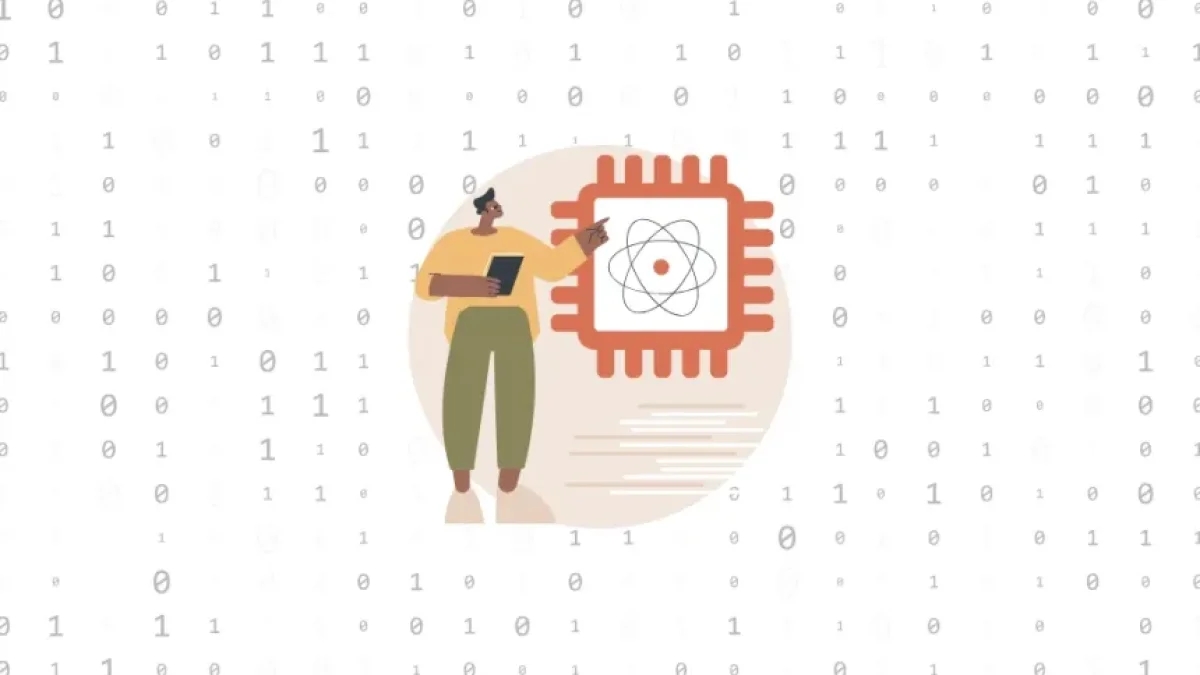Introduction to Quantum Programming What It Is and How to Get Started


Quantum programming is an emerging field that promises to revolutionize computing as we know it. If you’ve ever heard about quantum computers but aren’t sure what they entail, this article is perfect for you. Here, we will explore what quantum programming is, its key components, and some resources to help you get started.
What is Quantum Programming?
Quantum programming refers to the development of algorithms that run on quantum computers. Unlike classical computers that operate with bits (0s and 1s), quantum computers use qubits. Qubits can represent multiple states simultaneously thanks to quantum mechanics principles like superposition and entanglement.
Principles of Quantum Mechanics
To understand quantum programming, it's essential to grasp certain principles of quantum mechanics:
- Superposition: A qubit can exist in a combination of both states, 0 and 1, meaning it can process multiple possibilities at the same time.
- Entanglement: Two qubits can be entangled, so the state of one depends on the state of the other, regardless of the distance separating them.
- Quantum Interference: Quantum algorithms leverage interference to amplify correct solutions and cancel out incorrect ones.
Why is Quantum Programming Important?
Advantages Over Classical Computing
Quantum programming has the potential to solve problems that are intractable for classical computers. For instance, it can be used in:
Read also
- Cryptography: Algorithms like Shor's can factor large numbers exponentially faster than the best classical algorithms.
- Optimization: Quantum algorithms can find optimal solutions to complex problems more efficiently.
- Simulation: Simulating quantum systems is much more efficient on a quantum computer than on a classical one.
Getting Started with Quantum Programming
1. Understand the Fundamentals
Before diving into quantum programming, it's advisable to have a solid foundation in mathematics, especially linear algebra and probability theory. Quantum programming relies heavily on these concepts.
2. Choose a Quantum Programming Language
There are multiple languages and platforms to start programming with qubits. Here are some of the most popular:
- Qiskit: A toolkit developed by IBM for working with quantum computers. It is open source and free.
- Cirq: Created by Google, Cirq is another tool for developing quantum algorithms, focusing on quantum circuits.
- Quil: A language for quantum computers developed by Rigetti Computing.
3. Set Up Your Environment
Once you've chosen a language, the next step is to set up your development environment. For example, if you choose Qiskit, you'll need to:
Read also
- Install Python
- Install Qiskit using pip:
pip install qiskit
- Familiarize yourself with Jupyter Notebooks to run your programs.
4. Learning Resources
To get started, a wide range of resources is available:
Books
- "Quantum Computation and Quantum Information" by Michael Nielsen and Isaac Chuang.
- "Programming Quantum Computers" by Eric Rosenbaum and Johnathan Provine.
Online Courses
- Coursera offers several courses on quantum computing, including "Quantum Computing for Everyone."
- EdX provides an introductory course on quantum computing from the University of Berkeley.
Communities and Forums
- IBM Quantum Experience: An online platform where you can connect to and program real quantum computers.
- Stack Overflow and Reddit host active communities where you can ask questions and share knowledge.
Basic Example: Your First Quantum Program
One of the best ways to learn is through examples. Here is a simple program in Qiskit that demonstrates how to create a qubit, apply a quantum gate, and measure it.
from qiskit import QuantumCircuit, Aer, transpile, assemble, execute
# Create a quantum circuit
circuit = QuantumCircuit(1, 1)
# Apply a Hadamard gate to the qubit
circuit.h(0)
# Measure the qubit
circuit.measure(0, 0)
# Execute the circuit
simulator = Aer.get_backend('qasm_simulator')
compiled_circuit = transpile(circuit, simulator)
job = execute(compiled_circuit, simulator, shots=1024)
result = job.result()
# Show results
counts = result.get_counts(circuit)
print(counts)This code creates a simple quantum circuit, applies a Hadamard gate that creates a superposition, and measures the qubit.
Conclusions
Quantum programming is an exciting and promising area that is rapidly gaining traction. While it may seem intimidating at first, with the right preparation and resources, you can learn to develop your own quantum algorithms. The future of quantum computing is bright, and now is the perfect time to get involved in this fascinating discipline.
Additional Resources
Start your journey into quantum programming today!



















